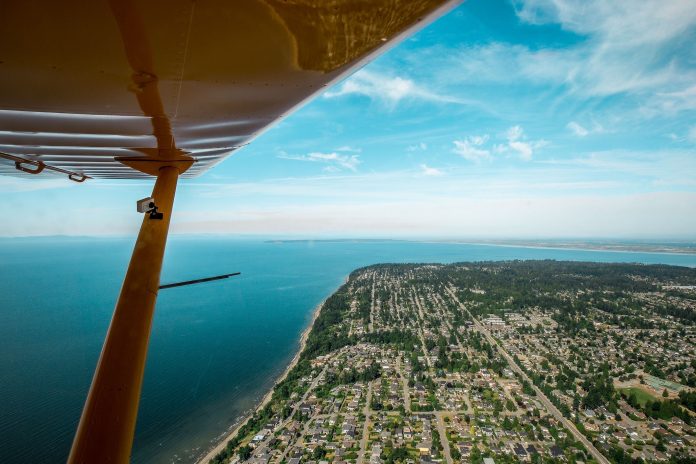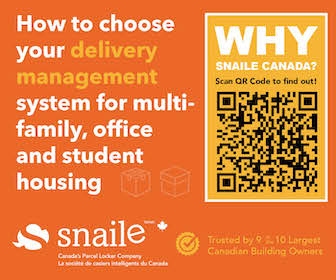Metro Vancouver, the regional district that encompasses most of the Lower Mainland, has updated its regional growth strategy, Metro 2050, and is seeking public input.
The strategy builds on recent updates to Metro 2040: Shaping Our Future, which is the current regional growth strategy guiding our region of 2.75 million people, across 21 different municipalities, one electoral area, and one treaty First Nation.
Public input on Metro 2050 is being welcomed until November 26, 2021.
The Metro Vancouver region is expected to continue to grow by about 35,000 residents annually, meaning over one million residents over the next three decades, necessitating the need for 500,000 additional housing units and roughly 500,000 additional jobs. Of course, these projections are subject to change, and could be impacted by immigration levels, climate change and global health pandemics.
Metro 2050: Projected population growth in Metro Vancouver
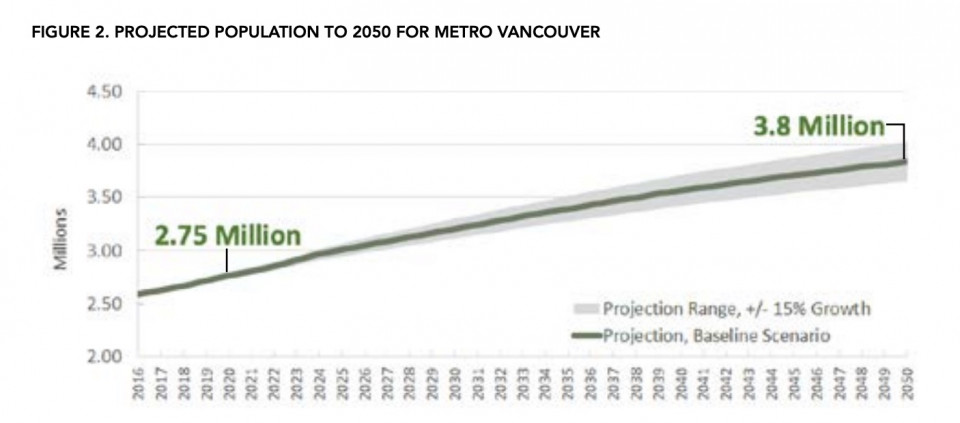
In order to accommodate this growth in a region that is land constrained like the Lower Mainland, densities will need to be increased. Metro Vancouver says it can accomplish this by creating complete communities where residents can access shops, services, community activities, recreation, green spaces, employment, culture and entertainment, within walking or cycling distance.
Metro 2050 is guided by the following five principles:
1. Create a Compact Urban Area;
2. Support a Sustainable Economy;
3. Protect the Environment and Respond to Climate Change and Natural Hazards;
4. Provide Diverse and Affordable Housing Choices; and
5. Support Sustainable Transportation Choices.
Here’s what the plan could mean for our region over the next 30 years, and beyond.
Goal 1: Create a compact urban area
In order to protect our agricultural, rural and recreational lands, the current urban containment boundary will be maintained and growth structured within it, through the creation of strong urban centres connected to rapid transit and road infrastructure.
The Frequent Transit Development Areas, located in strategic areas within Major Transit Growth Corridors, will offer higher densities of office, residential and commercial space. Think locations like Oakridge, Brentwood Town Centre, Metrotown and Surrey City Centre.
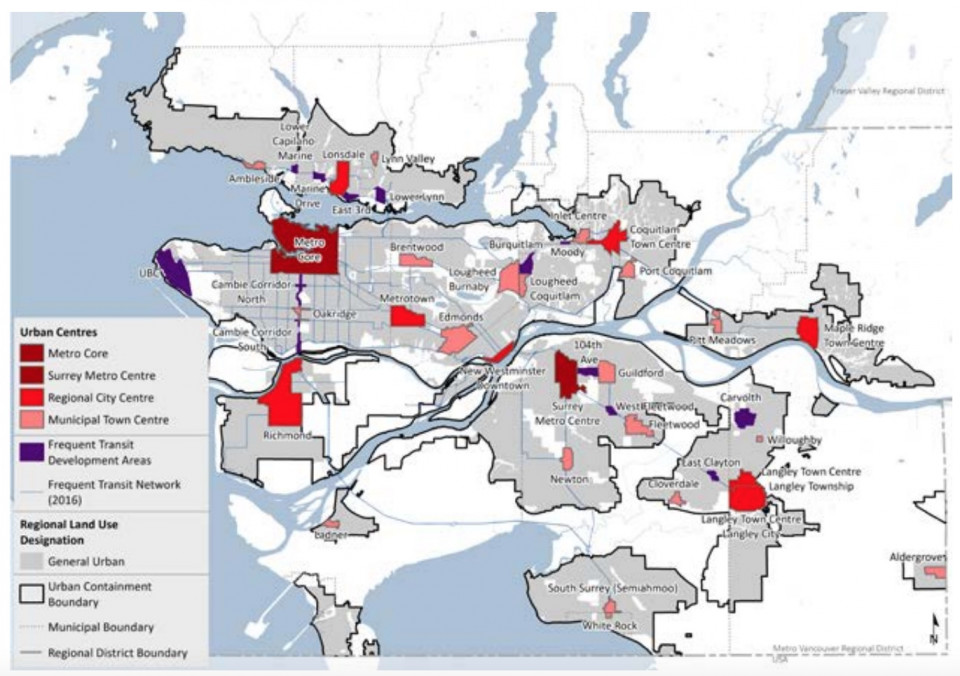
Metro Vancouver says it will encourage the location of major commercial, office, retail, and institutional development in Urban Centres, through the use of financial tools and other incentives.
Locations that are exposed to unmitigated natural hazards and climate change risk will be avoided.
Goal 2: Support a sustainable economy
Increased demand for industrial land, coupled with ongoing pressure to convert industrial land to office space, retail and residential, is resulting in a critically diminished supply of industrial land throughout the region.
Vancouver International Airport will be encouraged to use surplus airport lands for industrial activities, and non-airport related commercial development will be discouraged on these lands. The Port of Vancouver will be encouraged to support industrial uses on its surplus lands.

Residential uses on industrial lands, except for an accessory caretaker unit, will be prohibited; however, limited residential uses focused on affordable and rental housing will be considered if the location is within 200 metres of a rapid transit station. These units would only be permitted on the upper floors of new office and light industrial developments.
Metro Vancouver will work with the provincial Agricultural Land Commission to protect the region’s agricultural land base, and work to strengthen the economic viability of agriculture operations by encouraging new markets and expanding the distribution of local foods.
Goal 3: Protect the environment and respond to climate change and natural hazards
An ongoing focus on urban containment, and land use patterns that support sustainable transportation, like rapid transit, will be critical to helping the region address climate change.
To help achieve this, Metro Vancouver will increase the area of lands protected for nature from 40 per cent to 50 per cent of the region’s land base by the year 2050. It will also work to increase the total tree canopy cover within the Urban Containment Boundary from 32 per cent to 40 per cent by the year 2050.
Metro Vancouver will also support the protection, enhancement, and restoration of ecosystems through measures such as land acquisition, density bonusing, development permit requirements, subdivision design, conservation covenants, land trusts, and tax exemptions. It will also commit to increasing its understanding of Indigenous ecological knowledge, and share information about environmental research, policy development, and planning best practices.
In the building sector, Metro Vancouver will encourage the acceleration of energy efficiency requirements in the BC Building Code to net zero energy ready levels by 2032. It will also support regional road usage charging for the purposes of managing congestion and greenhouse gases, something the City of Vancouver has attempted to do with its plans for road pricing within city limits.
On combating climate change, Metro Vancouver will discourage new development in current and future hazardous areas through tools such as and use plans, hazard-specific Development Permit Areas, and managed retreat policies, and where development in hazardous areas is unavoidable, mitigate the risks.
Goal 4: Provide diverse and affordable housing choices
Ask most people in Metro Vancouver what the biggest challenge facing our region is, and you will likely hear about a lack of housing affordability.
Communities across the region are experiencing major housing pressures and rising housing costs for rental and ownership. Strong demand for rentals is causing low vacancy rates, and at the same time, there is a need to replace aging rental housing stock.
Metro Vancouver will advocate to the provincial government to create new legislation that will allow local governments to mandate affordable housing through inclusionary zoning powers.
It will work to increase the diversity of housing tenure options, such as attainable homeownership, rental, co-op housing, rent-to-own models, and co-housing. In lower density neighbourhoods, particularly those in close proximity to transit, ground-oriented and infill housing forms will be encouraged, such as duplex, fourplex, townhouse, laneway/coach houses and apartments.

Metro Vancouver will also set a regional target of 15 per cent affordable rental housing in new and redeveloped housing projects located within Urban Centres and Frequent Transit Development Areas. It will also advocate to the provincial government for expanded measures to address housing speculation and vacant homes, such as the City of Vancouver’s vacant home tax.
To help address homelessness, it will advocate to the provincial government to provide and expand ongoing rent supplements and housing benefits, and to increase the shelter portion of income assistance.
Goal 5: Support sustainable transportation choices
Metro Vancouver will continue to foster increased transit ridership, and boost the proportion of trips by cycling, walking, and other alternatives to single occupancy vehicles.
It will also work with TransLink to “right-size” the supply of parking in the region, make more efficient use of the limited land supply, and improve housing and transportation affordability.
On two wheels, Metro Vancouver will support the development of safe and comfortable regional cycling networks serving Urban Centres, Frequent Transit Development Areas, and other areas of high potential for utility and/or recreational cycling.
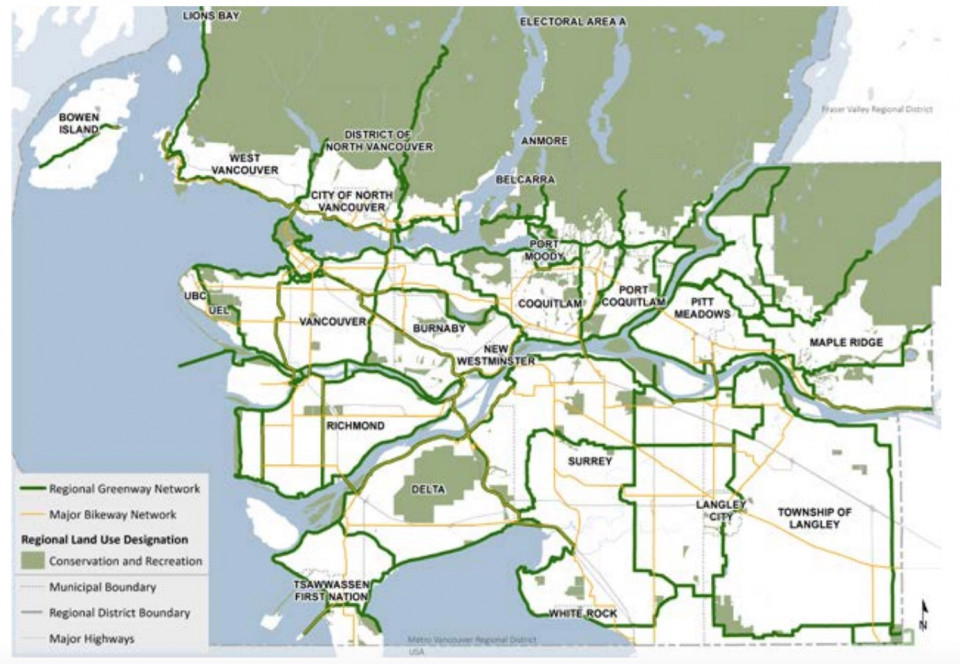
It will also identify policies and actions to support the protection of rail rights-of-way, truck routes, and access points to navigable waterways for goods movement.
Register for the upcoming Metro 2050 webinar
Metro Vancouver is holding a webinar on October 19, 2021 at 11 a.m. PST. To register for the webinar, click here and to read the executive summary of Metro 2050, click here.


